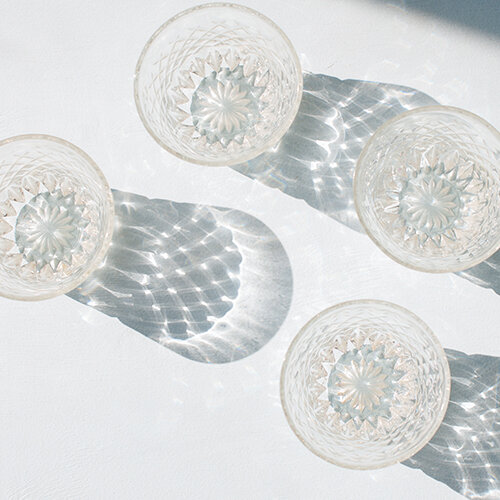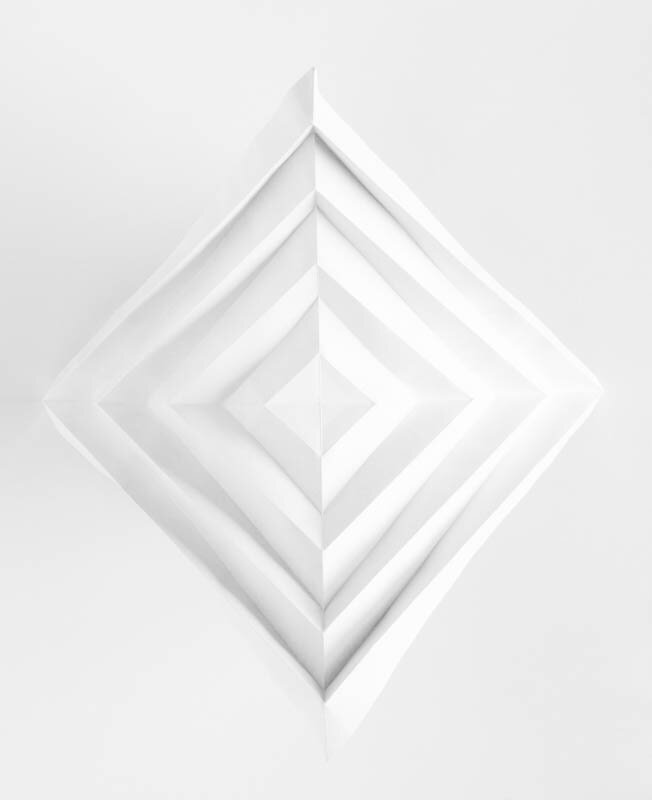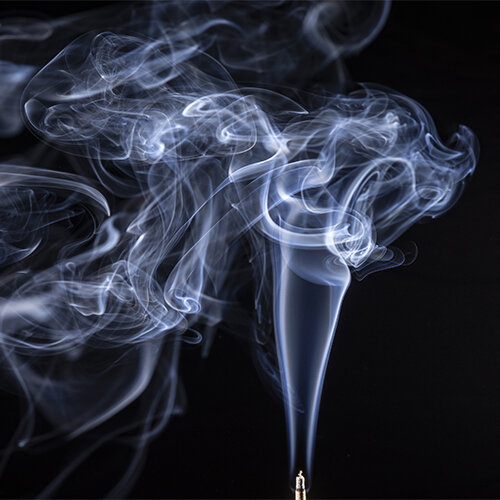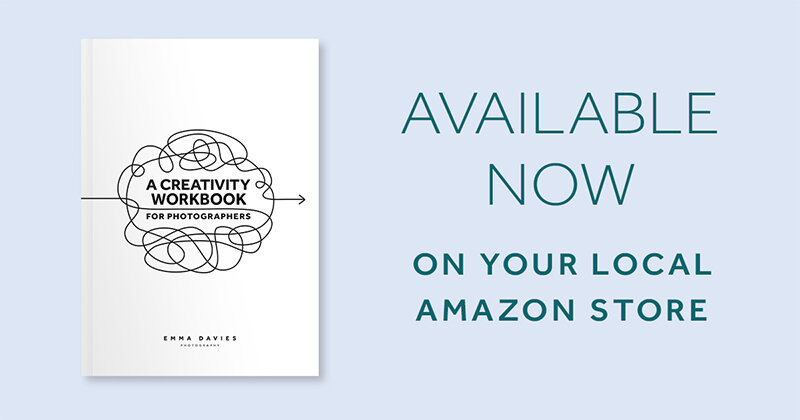How to do creative photography at home
If you read any of the previous posts in this series on creative photography you’ll know this isn’t something you need to learn: you are just trying to uncover the creative spark that’s already inside you. It’s more about peeling away the layers of inhibition, fear and doubt that we build up to protect ourselves from criticism and failure, and letting the creativity we were born with out into the fresh air.
Your shots will be different to everybody else’s. Follow your own ideas and curiosities and your shots will be stronger for it.
Whether you are staying at home for pandemic lockdown reasons or find yourself unable to get out for health, caring or other reasons, don’t feel you are limited creatively just because you are in one familiar place. The only limit to your creativity is in your head. You can tell yourself it’s pointless trying anything new, or you can tell yourself to have fun and try everything: your mindset is the key.
There are lots of ways to nurture your creativity (see Emma’s new book A Creativity Workbook for Photographers for many, many ideas) but the ideal one for anyone stuck at home is to first copy a photograph, then spend some time developing the ideas of your own. Your own ideas will arise naturally but you do need to make a start.
This works especially well if you are in a bit of a creative rut or feel you have no new ideas. The act of copying a photograph will get your neurons working again, like warming up running muscles when you’ve had some time off for injury. Your brain will start to remember what it’s supposed to do: it’s supposed to be curious and make connections between unrelated ideas.
(Emma has undergraduate and master’s degrees in Psychology as well as being a professional photographer: this advice is based in science.)
3 steps to creative photography at home
Make a start. It’s hard to summon up the enthusiasm to try something when you are in a rut so use your last ounce of will power to switch on your camera and take the first shot.
If you’ve seen a photograph you like, start there. Try to copy it. If not, pick one of the images below. Try to answer these questions about your chosen photograph and then use the answers to make your first image.
Where is the light coming from?
What kind of light has the photographer used (daylight/artificial)?
How close is the camera?
Can you work out approximately what focal length lens was used?
Is it clear from the out-of-focus areas what kind of aperture was used?
Was a particularly long or short shutter speed needed?
Can you replicate the composition exactly?
How was the image post-processed, if at all?
Once you’ve copied the photograph as best you can put it to one side and start making changes. Follow your instinct if it is nudging you, otherwise try deliberately changing the light direction or the camera height. Move the composition, use a different lens, try a different aperture. Use the same set-up but different props. Keep the concept but change everything else. Take the props to a completely different room or even outside. Add more props or try a different colour palette. This is the part with no rules: just let your mind wander and bring the camera along for the ride.
You might find you want to do something completely different - a garden safari or a self portrait. Don’t stop yourself. Follow where your ideas take you.
If you find you don’t have any new ideas then just repeat the exercise with a new starting photograph. When you’ve done two, try and work out if you can combine ideas from each to make a completely new image.
You might also enjoy:








